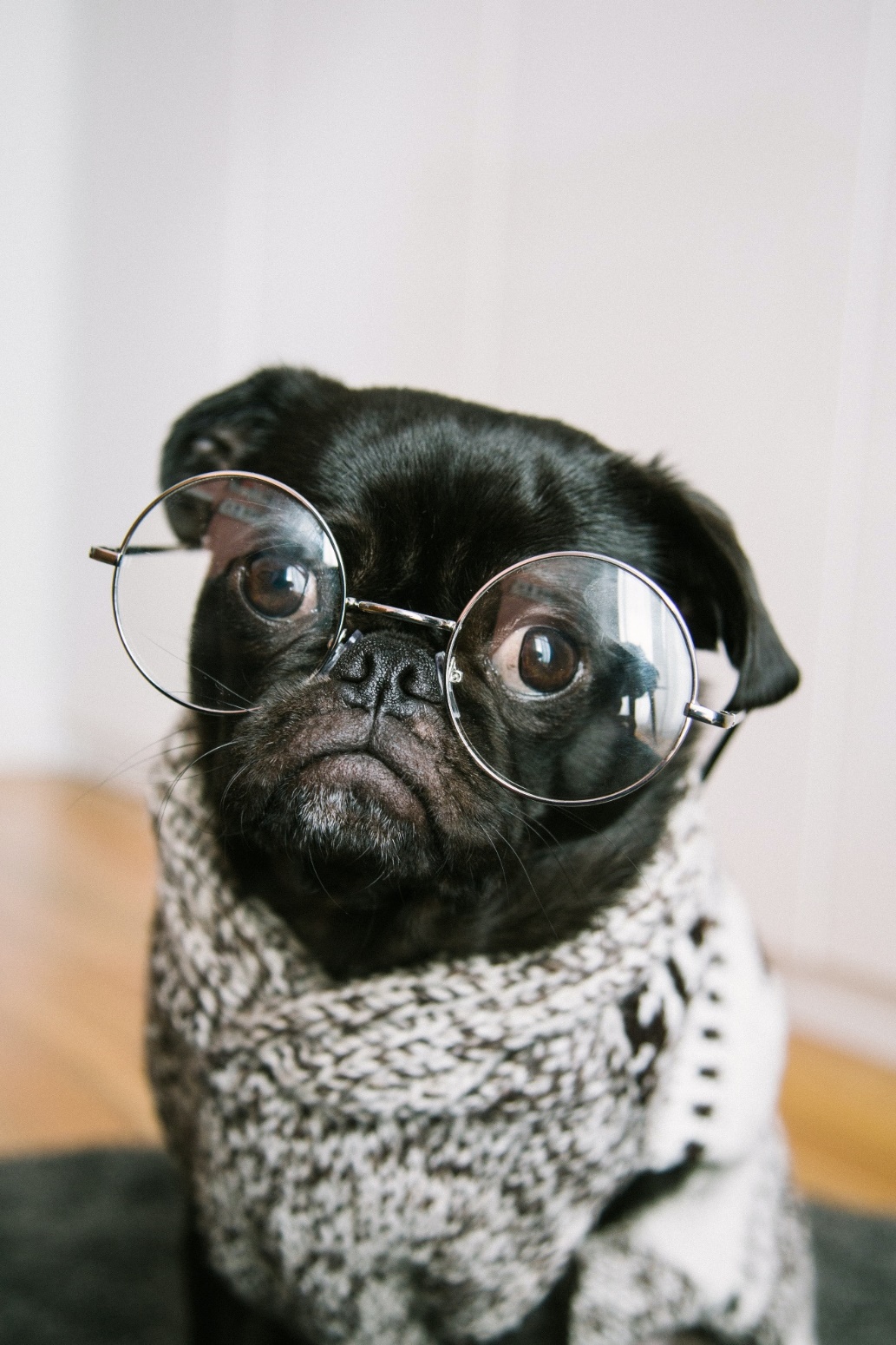
Dogs have the potential for suffering ailments and conditions similar to humans, but in some instances, the degree to which they endure them is worse. One of these is glaucoma. The pain is much more severe for a pup than it is for a person.
Unfortunately, a dog won’t display the pain they’re experiencing in the same way that we do, making it much more challenging for a pet parent to know there’s a problem. Click here to know more.
Defining Glaucoma As It’s Suffered By Dogs
Canines will either have primary or secondary glaucoma.
- Primary: Abnormal flow coming in or going out of the eye, causing an increase in pressure. This is typically inherited due to a genetic predisposition in particular breeds.
- Secondary: The condition is the end result of an underlying eye condition.
Glaucoma has the potential to strike at any stage in a dog’s life but primarily will likely begin as early as three years up to midlife at seven years. Secondary glaucoma is the more common of the two with triggers such as:
- Inflammation
- Cataracts at an advanced degree
- Tumor(s)
- Retinal detachment (chronic)
- Cancer of the eye
- Infection
The condition initiates a fluid buildup and increases pressure in the pup’s eye. If there is too much fluid development or too little fluid being drained, it affects the pressure to create damages that ultimately leads to loss of vision. Despite the treatment received, the prognosis is grim for nearly half of the dogs affected with the claim that they will lose the vision in the eye affected typically in the first year. But its crucial a vet develop the puppy’s treatment plan at the first sign of a problem.
How The Disease Affects Puppy
The condition has the potential for striking all dogs, but there are specific breeds genetically predisposed for developing it in their lifespan including:
- Poodle
- Samoyed
- Cocker spaniel
- Jack Russell
- Chow chow
- Beagle
- Dalmatian
- Siberian husky
- Great Dane
- Chihuahua
- Basset hound
The pain dogs experience is significant, but it is difficult for pet parents and vets to realize due to dogs not being blatant about their discomfort. Most owners who are mindful will be aware of unusual behaviors, though, and can recognize when things are ‘off.’ Signs and symptoms to pay attention for include:
- Eye redness
- If the eye is painful, the puppy may be rubbing it with the paw quite a bit or rubbing it on the floor.
- You many notice squinting.
- A cloudy cornea can develop.
- The eye may begin to tear.
- The pupil in each eye will look different in size.
- The dog may try to avoid light.
- The eyelid flutters.
- Puppy has a weak blink
- The white part of the eye shows the appearance of vessels.
- You’ll notice the pup having a tough time maneuvering around things or bumping into them due to vision issues.
- You’ll see eye swelling or bulging.
As canines’ age progresses, the signs may begin in one eye and then ultimately in the other, but it’s rare to happen simultaneously. The second eye can take several years before it happens.
Treatment Of Glaucoma In Dogs
Many veterinarians’ first recommendation is to prescribe eye drops in an attempt to treat the condition. There are generally a few different types, with one being used for the pain, but they are not always effective, and surgery needs to occur.
One option becoming more popular in assisting with disease symptoms is CBD oil, which deems less invasive. To receive more information visit https://pethempcompany.com/blogs/issues/glaucoma-in-dogs . There is an increasing number of products available on the market boasted as offering properties consistent with health benefits.
The claim is there is no simple cure for this ailment. As we mentioned earlier, nearly half of those suffering lose their vision. The ultimate goal in treating is to:
- Reduce pain levels
- Decrease the fluid produced (aqueous humour)
- Attempt to drain the excess fluid
Claims indicate that ingesting CBD has the potential to decrease intraocular pressure for dogs and the ability to protect cells, thus assisting in the fight against glaucoma.

Before beginning any regimen on your own, it’s critical to consult with a veterinarian at the first sign of a problem with your pup’s vision. The vet will instruct the proper dosage of the compound and monitor the treatment plan. The priority is getting a handle on the pain and making the puppy as comfortable as possible.
Leave a Reply